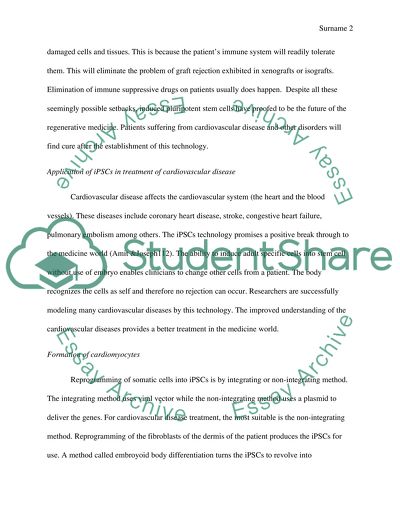Cite this document
(“Genetic reprogramming holds great promise for the discipline of Research Paper”, n.d.)
Genetic reprogramming holds great promise for the discipline of Research Paper. Retrieved from https://studentshare.org/biology/1475347-genetic-reprogramming-holds-great-promise-for-the
Genetic reprogramming holds great promise for the discipline of Research Paper. Retrieved from https://studentshare.org/biology/1475347-genetic-reprogramming-holds-great-promise-for-the
(Genetic Reprogramming Holds Great Promise for the Discipline of Research Paper)
Genetic Reprogramming Holds Great Promise for the Discipline of Research Paper. https://studentshare.org/biology/1475347-genetic-reprogramming-holds-great-promise-for-the.
Genetic Reprogramming Holds Great Promise for the Discipline of Research Paper. https://studentshare.org/biology/1475347-genetic-reprogramming-holds-great-promise-for-the.
“Genetic Reprogramming Holds Great Promise for the Discipline of Research Paper”, n.d. https://studentshare.org/biology/1475347-genetic-reprogramming-holds-great-promise-for-the.


